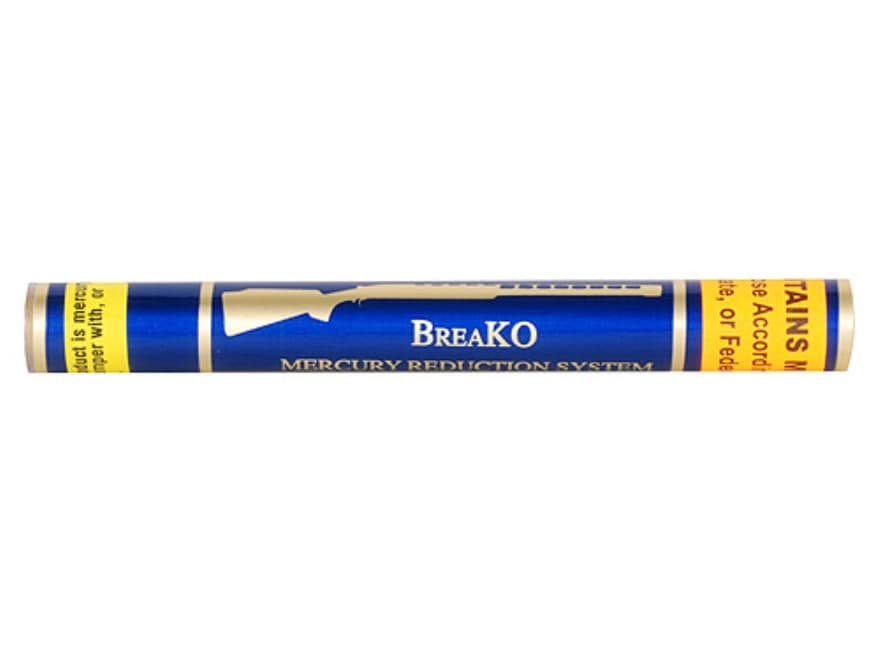

Similar initiatives have been made by domestic clay pigeon shooting associations. The first reduction was made by UIT (the International Shooting Union - the body which controls Olympic clay pigeon shooting) in 1976. There has been a progressive reduction in the maximum permitted loads in International and domestic clay pigeon shooting competition in recent years because of concerns about recoil. Poor technique or unsuitable equipment are usually to blame for recoil problems, but, not always. Some people are clearly more sensitive to recoil than others.
Moreover, different users may react quite differently to the same gun and cartridge combination.

Excessive recoil in firearms has certainly been recognised as a problem for hundreds of years. For example, a situation could be conceived where an individual was being damaged by recoil without being aware of it at the time of firing. Having noted primary and secondary recoil and felt recoil, we might move on to distinguish between the subjective experience of recoil and the actual effects of it. A gun held loosely or in insufficient contact with the shoulder - a common failing of beginners - will appear to recoil far more than one held more firmly. Factors affecting felt recoil will include those already mentioned (weight of the gun, projectile weight etc.), the design and fit of the gun stock, the burn rate of the powder, the physique, strength and constitution of the individual, the firing position (firing from a prone position may increase felt recoil because movement is severely restricted - one cannot 'roll with the punches') and, not least, the individual's shooting technique and experience. Felt recoil is a complex subjective phenomenon involving many variables. We must distinguish felt or perceived recoil - the experience of recoil by the gun user – from observed recoil. It’s not just about primary and secondary recoil. A gun with a steeply angled cheek piece will be especially uncomfortable. At the same time the butt sole may slip from the shoulder (especially if it is poorly designed). When this rotation effect occurs, the muzzle/s moves up and the comb of the gun may be brought into abrupt contact with the cheekbone. This is because the centre line of the bore/s is above the shoulder line. There is also a rotation about the axis of the shoulder. Recoil is not only about rearwards movement, though. The gun is pushed back much like a rocket. Secondary recoil – the effects of which are much smaller – starts when the ejecta (pellets, wad and burnt powder) leave the barrel and there is a sudden release of gas. Propellant rapidly creates an expansion of gas that overcomes the inertia of the bullet or shot charge and wad and accelerate them down the barrel against the force of friction and air resistance. Primary recoil begins momentarily after the firing pin hits the primer. There are two phases of recoil, moreover. Various factors need to be considered when thinking about the physics of recoil: muzzle velocity, gun weight, projectile weight. Recoil is the motion of a gun in the opposite direction to its projectile. As you may remember from school days, to every action there is an equal and opposite reaction (Newton’s Third Law). Let’s consider what might be done about it. Are you affected by recoil? Many shooting men and women are.


 0 kommentar(er)
0 kommentar(er)
